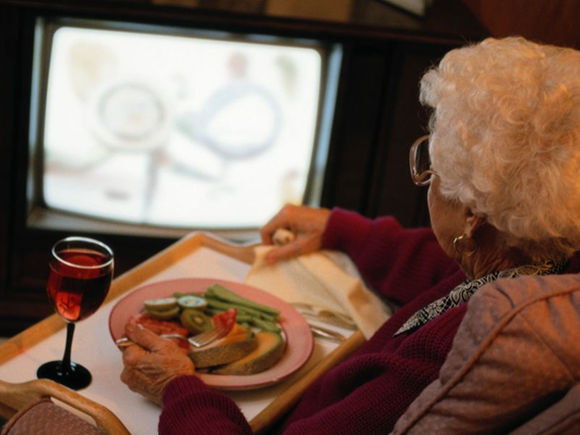Newfound Hope that Alzheimer’s Memory Loss May Not Be Permanent
 One of the telltale signs of Alzheimer’s disease is memory loss. Researchers have long quarreled over whether this memory loss is due to an error in preserving memories or a loss in the ability to retrieve memories. Neuroscientists from the Massachusetts Institute of Technology (MIT) announced in a recent study published in Nature that they have been able to retrieve memories in mice that were lost due to early Alzheimer’s disease, suggesting that lost memories can still be retrieved with a little help.
One of the telltale signs of Alzheimer’s disease is memory loss. Researchers have long quarreled over whether this memory loss is due to an error in preserving memories or a loss in the ability to retrieve memories. Neuroscientists from the Massachusetts Institute of Technology (MIT) announced in a recent study published in Nature that they have been able to retrieve memories in mice that were lost due to early Alzheimer’s disease, suggesting that lost memories can still be retrieved with a little help.
To investigate whether memory loss from early Alzheimer’s is due to the brain’s inability to encode or retrieve information, the research team compared normal mice with those that were in the early stages of Alzheimer’s. Both groups were placed in a box and received mild electrical shocks to their feet. After a few days, both groups were placed back in the box; the normal group recalled the incident and displayed fear, while the Alzheimer’s group neglected to recall the incident and furthermore, did not present distress when placed back in the box.
The neuroscientists then used a technique known as optogenetics to enable the mice with early Alzheimer’s to retrieve the lost memories. Optogenetics is a process of genetically modifying cells in the body to respond to light and using light to activate the cells. In this study, the scientists modified neurons in the hippocampal region of the brain, an area involved in short-term memory, to be light-sensitive and used light to activate these cells.
The mice with early Alzheimer’s that underwent optogenetics treatment remembered their previous experience and showed signs of fear similar to that of the healthy mice. In addition, the neuroscientists noted that using optogenetics caused the neurons to grow small buds, known as dendritic spines, which help neurons form connections with other cells. This growth of new dendritic spines could be one of the underlying reasons that memories were more easily retrieved.
Although optogenetics cannot currently be used in humans, the study demonstrates that memory loss may not be permanent. It also affirms that future treatments to reverse memory loss may one day be possible.
To stay up-to-date on the latest news and research on brain health, sign up for our monthly newsletter at www.CognitiveTherapeutics.com/Newsroom.
Sources
http://www.nature.com/nature/journal/vaop/ncurrent/full/nature17172.html
https://en.wikipedia.org/wiki/Optogenetics

 Most experts agree that people who move more and sit less have
Most experts agree that people who move more and sit less have 



